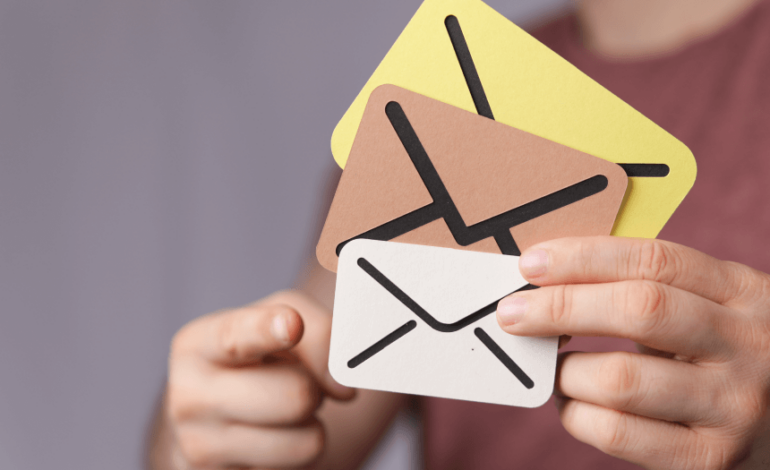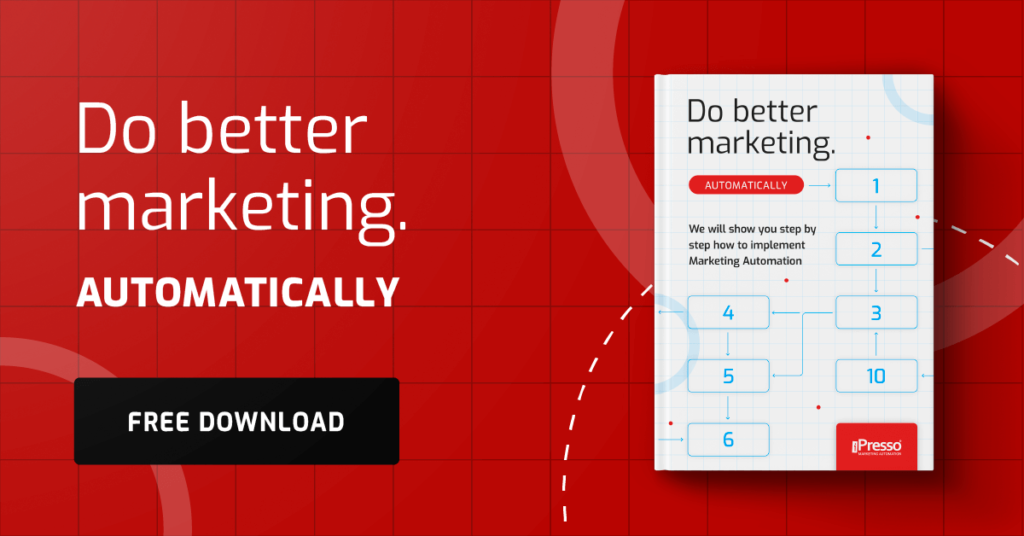Reduce your sales cycle by 20% in one quarter. Copy-paste these 3 advanced lead nurturing scenarios

Do you dream of your B2B customers making faster buying decisions?
In this business, sales often take a long time. Customers have to think about a lot of things, compare offers, and talk at your company. This is normal. But what if you could speed it up? Learn about lead nurturing. It’s not just sending emails. It’s a clever way to educate, build trust and gently guide your customer through the buying process so that they make a decision faster. We’ll show you how to cut your sales time by 20% in three months.
Why is lead nurturing so important in B2B?
In B2B, we rarely buy something “on the fly.” Customers need time to gather information, compare the offer with others, see if it will pay off for them, and get the green light from their bosses.
Good lead nurturing doesn’t just give valuable content that helps the customer understand the problem and see how your solution can help them. You guide the customer step by step, dispelling doubts before they even arise. In this way, you show that your company knows its stuff.
Now let’s get down to specifics. Below you will find three ready-made ideas on how to speed up sales. Just copy and paste them into your system!
Reduce your sales cycle by 20% in 3 months – copy these 3 ready-made email ideas!
Idea 1: Someone looked at the price list, but didn’t ask.
This is the perfect customer! He already knows what he’s looking for, but something is holding him back. Your goal is to help him and encourage him to talk or take the next step.
When to start this scenario? When someone has visited a price list or offer page more than once in a week and hasn’t sent an inquiry or set up an appointment during that time.
What to send in turn?
Day 1 (as soon as the condition is met):
Send an email asking: “Do you have questions about our offer?” or “We see that you are interested in our offer. Is there anything we can help you with?”.
Make reference to the fact that he was looking at the price list. Include a CTA with a link to schedule a call/demo or to FAQs. Personalize the message with the customer’s name and your company name.
Day 2 (if he didn’t click the button from Day 1):
Send another email with an example of the benefit. Show a specific benefit that other customers have achieved with your solution (e.g., a short success story, an infographic). Offer to download a detailed brochure or calculator that shows how much the customer can gain. If he downloads the brochure, send a message to the sales person right away.
Day 7 (if still no contact or download):
Send an email asking for feedback and offer a quick consultation: “Is there anything we can do to help you evaluate our offer? We are here to answer any questions.” Include a link to the merchant’s calendar with a proposal for a short, 15-minute, no-obligation conversation.
If the customer opens this email more than 3 times or clicks on the link, automatically send the information to the merchant.
Idea 2: Someone attended a webinar, but didn’t set up a meeting
Webinars are great for collecting contacts, but not everyone buys right away. This scenario is designed to further encourage customers to take action, using the webinar’s theme.
When to start this scenario? When a customer has signed up for (or attended) a webinar, but has NOT scheduled a meeting or demo after the webinar.
What to send in turn?
Day 1 (immediately after the webinar or the next day):
Send a thank you email with a brief summary and a thank you for attending (or a link to the recording if the client couldn’t be there). Write a brief summary of some of the most important points from the webinar. In the CTA, include a link to the consultation “Schedule a consultation.” Personalize the message with the webinar topic and the client’s name.
Day 4 (if there was no click-through from Day 1):
Send an email with additional material on the webinar topic: “Back to [Webinar Topic]…”. Offer to download a more advanced e-book, template, checklist.
If the customer downloads the material, send the information to the sales person to make an offer.
Day 8 (if still no contact or download):
Send an email with another customer’s success story: “Do you know how [Customer’s Company Name] solved [Issue raised in webinar] with our solution?” Include a link to a detailed customer story or a recording of an interview with the customer.
If the customer clicks on the link, automatically send the information to the sales person.
Idea 3: How to wake up “sleeping” contacts (inactive for 1-2 months)
Not everyone buys right away. Some are simply inactive. This scenario is designed to gently awaken their interest.
What to send in turn?
Day 1 (after 30-60 days of inactivity):
Send a “break the silence” email along the lines of: “We haven’t heard anything from you for a long time. We miss you.” Offer a short survey (1-2 questions) to understand the customer’s current needs. Include a CTA: “Fill out a short survey.” Use the customer’s name. You can prepare the survey through iPresso forms, for example.
Day 5 (if the customer did not click on the link or stopped filling out the survey):
Send an email encouraging: “We miss you! Come back to us and get a 5% discount on our services.” Place a button like, “Take advantage of [special offer] before it’s gone!”
If a customer clicks on this offer, immediately send the information to the merchant – it’s a signal for quick action!
How to check if it works and what to improve?
Implementing these ideas is just the beginning. The key to success is to measure and improve. Check how many people open emails, how many click on links, how many of them become customers. Measure how much time, on average, passes from the first contact with a customer to the moment of purchase. Set yourself a goal to reduce this time by 20% within three months of implementing and improving these scenarios. Test different versions. Change email subject lines, buttons, content. Test what works best. Talk to salespeople, as they are the ones who see customers every day. Ask if the emails are helping, what can be done better. Flexibly juggle scenarios to always choose the most effective option.
Summary
Marketing Automation in B2B, especially lead nurturing, is not something that is “nice to have,” but something without which you will not create effective campaigns. Not only do they save you time and money, but most importantly, they can quickly lead a customer to a purchase. Use these ready-made ideas, adapt them to your business and see how your customers become buyers faster. Fill out a short brief and implement marketing automation today!



